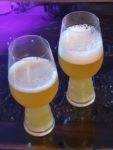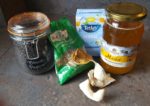Today, I’m brewing a (strong) Belgian Witbier.
So, one of the best things that we can do as home-brewers to improve is a thing called deliberate practice.
To get better, I am finding it useful to record my brews, with the numbers, and the eventual results. In this case, a style I am rather keen on, a Belgian Witbier.
By recording how each homebrew turns out, I have a better idea of what’s going well, and what isn’t – and if you’re reading this, you’ll have the benefit from learning from my mistakes, without having to make them yourself.
I found this recipe on Brewer’s Friend. It’s for Hoegarden Grand Cru, which I have neither brewed nor drank before, although I am obviously familiar with regular Hoegarden.
Hoegarden Grand Cru Witbier Ingredients
2.8kg Extra Pale Maris Otter
2.8kg Wheat Malt
0.7kg torrified wheat
0.7kg flaked torrified oats
1kg honey
Hops: 56.50 g East Kent Goldings and 37g Saaz
Yeast: 1 x Fermentis Safale K-97 Yeast 11g
For flavourings I’m using 15g bitter orange peel, 4g black peppercorns, 15g coriander seeds, and 3 chamomile tea bags.
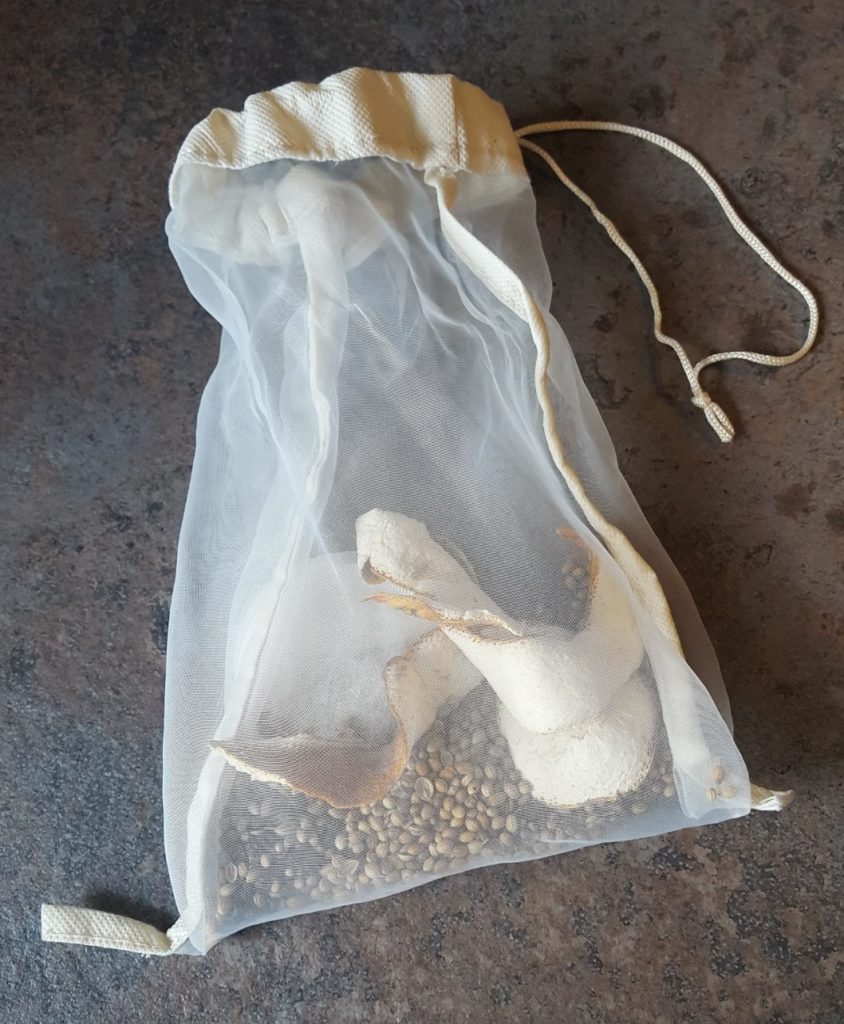
The addition of honey as a fermentable appealed to me as I haven’t used it much in brewing. Also, witbiers are usually a summery beer, and a bit lighter in alcohol. I expect this to be quite a bit more potent!
Incidently, if you are wondering what honey to use, because it is quite expensive, the Polish section in Tesco seems to be the best value at £8 for 1 kg.
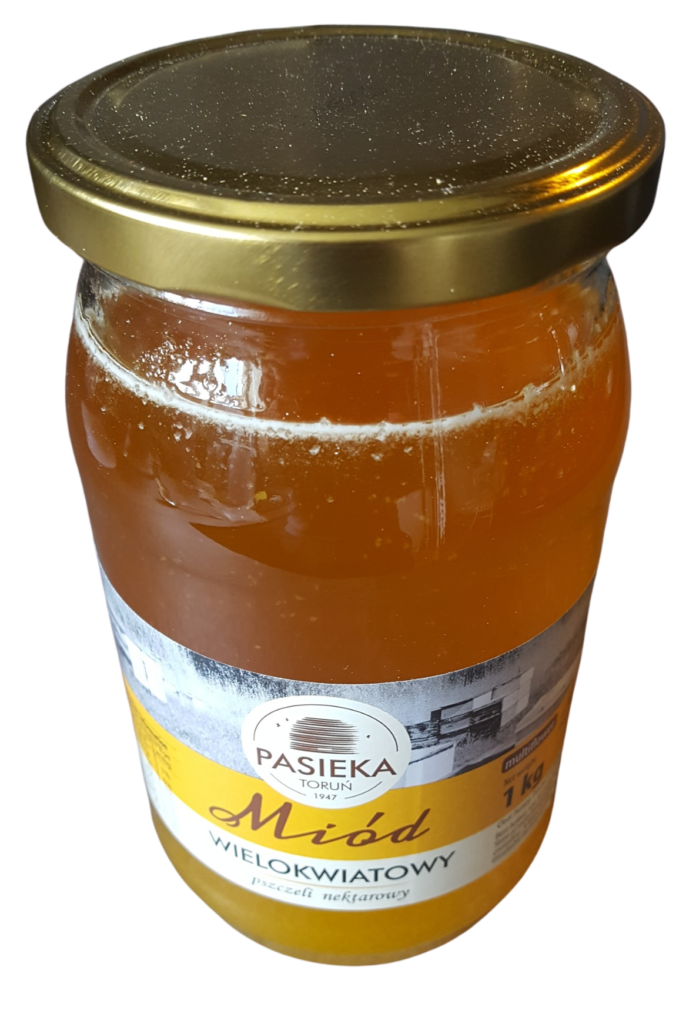
This is certainly where I plan to be getting my honey for Mead Day.
Belgian Witbier Mashing, Boiling, and Hop Schedule
I am mashing the grain at 67;deg&c for one hour, remove the bag, and drain it giving a good squeeze to get as much wort as possible, and then pour some water through the grain bag, and squeeze again.
I bring the wort to a rolling boil, add all the hops in a hop bag, and leave it to cook for one hour, adding honey, and the flavouring additions (in another hop bag) for the last ten minutes of the boil.
Since the beer is supposed to be a little cloudy, I am not bothering with whirlfloc tablets.
After the wort is cooled overnight, I transfer into a fermentor vessel, top-up with a couple of litres of cold water, to find myself with 22 litres of wort, with an original gravity of 1.070, a little lower than I hoped for.
I tasted a little of the wort, and I’m fairly confident it’s going to make a pretty tasty Wit!
I add the Safale K-97 yeast, having rehydrated it in 250ml of water. The yeast pack actually states it should be sprinkled straight on top of the wort, which honestly does make me wonder if I should follow the instructions on the pack, but old habits die hard.
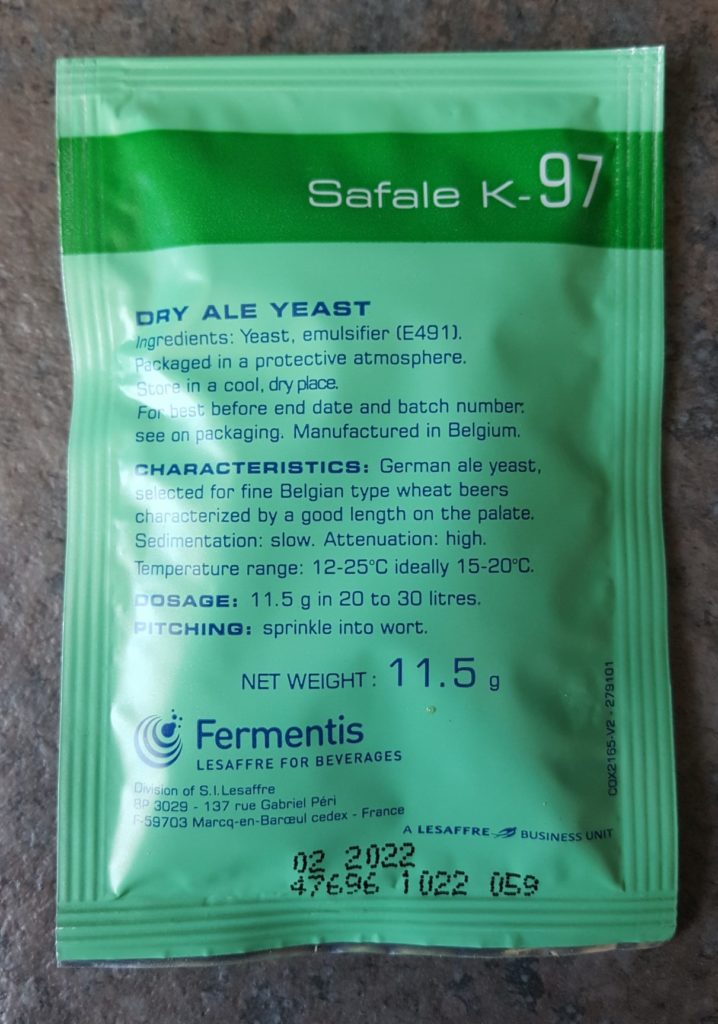
Airlock activity is first noticeable in under six hours.
My Strong Belgian Witbier should be ready for bottling on the 28th of July. We’ll get a sneaky preview of how the beer tastes then.

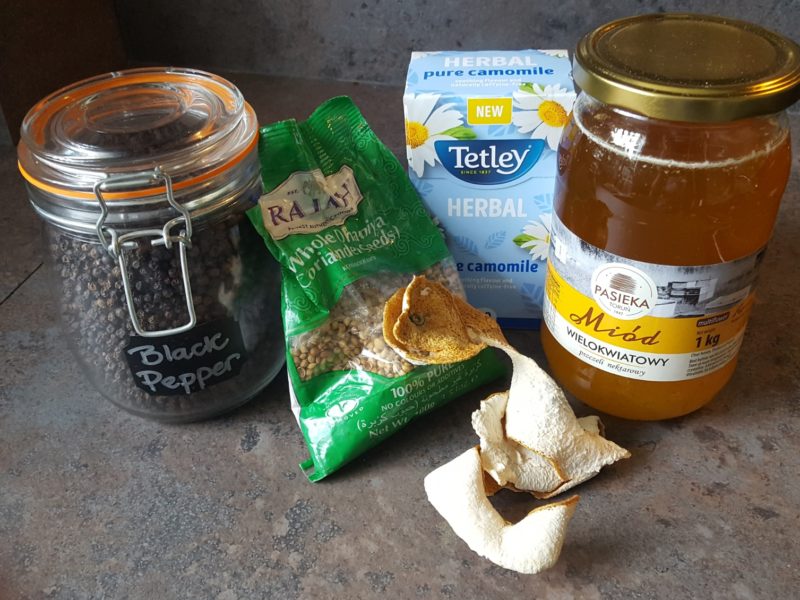
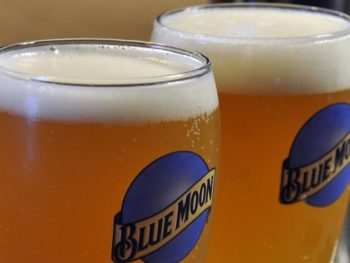
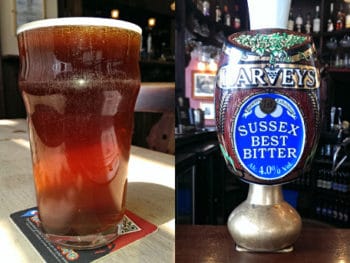

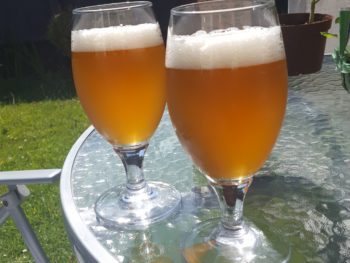
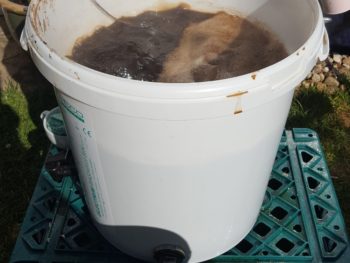
 English Best Bitter – Brew Day 11th July 2020
English Best Bitter – Brew Day 11th July 2020

